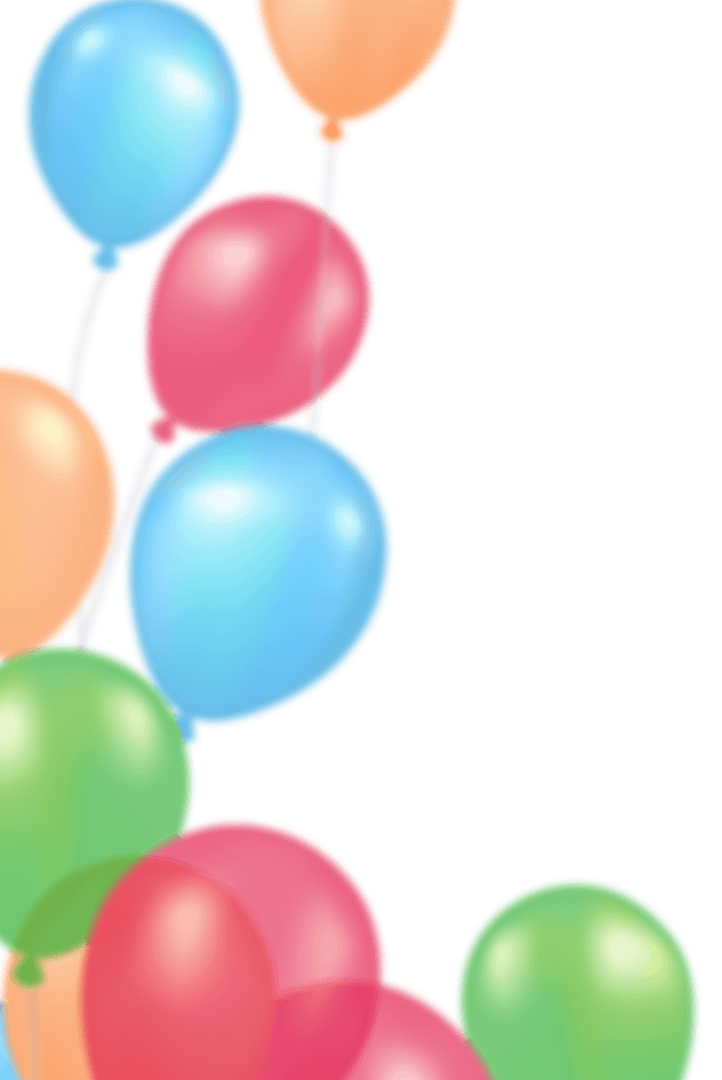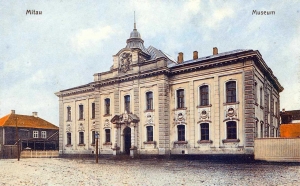
Back then it was more famous with historical name Mitau. On the year of Latvian 100th anniversary we offer to look back at the past and virtually walk along the streets of Mitau finding 10 pairs of historical places.
Be the fastest and get a prize! Each month, the fastest game participant who has entered e-mail address will receive the surprise prize from Jelgava Regional Tourism Centre. Good luck!
On the playing field there are 20 tiles, which conceal 10 pairs of important Jelgava’s sites. Your task is as soon as possible to find all 10 pairs of objects. By clicking on the tile, open the object image and try to guess where the other part of the same image is. If the open tile images are the same, the object moves to the city map. If opened tiles are different, it closes, but strive to memorize the location of objects open.
If you want to participate in the contest, please enter your e-mail address!



















































Your result is - min sec
Your place at the Top-list of players is No.
Ir sasniegts jauns mēneša spēles rekords - min sec
To start

Ņesterov’s house was built in early 20th century as a lease house in Jelgava. Precise date of construction of this house was lost. Nesterov was Russian shoemaker in the days of Kurzeme Province. Comfortable apartment lease house was the first house of Jelgava in which the was water main, central heating and other modern technologies of early 20th century. Architect of the house was Konstantin Pekshen (1859–1928). Massive corner house endured World War One, but was damaged during World War Two; building was renovated without corner cupola on the roof. Building is saved until today with many original details on the façade.

Former Jelgava’s science bias school, later State Jelgava’s Teacher’s Institute house was built in 1905. In 1919 army of Bermont – Avalov burned the house and it was reconstructed only in 1926. Since then State Jelgava’s Teacher’s Institute is working there. From 1987 Faculty of Economics and Society Development of Latvian Agricultural University is residing in the building.

In 1574 upon the order of the Duke of Courland and Semigallia Gotthard Kettler a Holy Trinity Church construction was initiated. This church is being a first newly-built Lutheran’s stone church in Europe. Before the end of World War Two it was the biggest and most influential church in Zemgale with dominant of Jelgava panorama – Renaissance style tower of 80 metres. Unfortunately, after the demolishing the tower in 1944 it was never reconstructed, however, the location of belfry was saved. After massive reconstruction on November 16, 2010 Jelgava Holy Trinity Church Tower obtained new appearance and today is being the most visited object of tourism in Jelgava.

Peter’s Academy building was constructed within a period from 1718 until 1722 as Duchess Anna’s Castle. It was reconstructed upon the project of Danish architect Severin Jensen (from 1773 until 1775). Building was constructed in baroque with classicism features on the model of Brunswig Caroline. Founder of Academia Petrina was the son of E.Biron – Peter Biron and it was intended as a university with 4 faculties, but constructed as academic gymnasium. On August 31, 1931 a memorial of first president of the Republic of Latvia Janis Chakste was opened before the building. Memorial was created by an artist Karlis Jansons, but destroyed by the Soviets. Today G.Elias’s Jelgava Historical and Art Museum is residing in the building.

Kurzeme’s (Courland) knighthood house was constructed from 1803 until 1805 on the spot of Guild house. Initially it was one of the biggest constructions in Jelgava – two-storey with extra high toof, but rather soon - in 1832 it became too small, so it was reconstructed from 1837 until 1838 upon the project of Emil Julius August Strauss. During the period of Latvian demolished during the World War Two.

Kurzeme Province Museum was constructed in 1818 by private organization – Kurzeme Literary and Art Society. For almost 100 years, museum was working undisturbed, gathering culturally historical collection of European significance. Political concussions of 20th century – wars, battles for power, authoritarian trend, nationalization and centralization hardly touched Kurzemes Province Museum. During Summer battles for Jelgava, the city was decimated. Big ruins were also on the spot where the Museum construction was former located. In December, 1952 Museum was placed in new Peter’s Academy building (Academia Petrina), where Gederts Elias Jelgava’s History and Art Museum is residing today.

Jelgava castle – former residence of Kurzeme and Zemgale Herzog, later – administrative centre of province, Viesturs' memorial Palace, today it is being home for Latvian Agricultural University. Jelgava Palace is the biggest masterpiece of early period of famous Russian palace architect Francesco Bartolomeo Rastrelli and one of rarely saved Jelgava’s monument of architecture. The palace was built within 2 construction periods (1738 – 1740) and (1762 – 1772) on the spot of Livonian Order Castle of 14th century.

The new town hall was constructed in 1663 and it was owned by Herzog Frederic Casimir. When governor was almost out of money, he sold it to the city in 1686. Only in 1740 municipal authority decided to reconstruct the house for the needs of the town hall. After reconstruction the house received its’ small tower constructed in baroque with weathercock. The Town hall was destroyed during World War Two.

A Street on the bank of Driksa was founded in 17th century. Its name was changed multiple times: Upes Street (Bachstraße, Набережная улица) from 17th century until 1929, Janis Chakste’s boulevard from 1929 until October 26, 1948, I.Sudmalis boulevard from October 26, 1948 until September 13, 1989, Janis Chakste’s boulevard from September 13, 1989 until today. On the bank of Driksa there were beautiful town houses of landlords of the region, destroyed during the World War Two. There were also Jewish synagogue and Medemu castle, where adventurer Kaliostro was living in 1779. The oldest education establishment of the city – Anna’s elementary school was founded in times of Herzog Fredrick Wilhelm. From 1872 until 1875 first president of the Republic of Latvia Janis Chakste was studying at this school.

Waldeck’s Castle (Schloß Waldeck) was initially constructed as Valdeku master’s manor house in classicism style. In 1848 it was purchased by Reke family. After the end of construction of Riga – Jelgava highway (1857) it was decided to reconstruct the house as hunting castle, so in 70ties of the 19th century it was reconstructed in neo-gothic style. After World War Two from 1949 until 1954 in reconstructed house there were the office of Studying and Research household “Jelgava” of Latvian Agricultural Academy (LAA), Department of LAA Foodstuffs manufacturing technology faculty and kindergarten. In early 1990ties house was in critical condition and was unattended. After reconstruction in 2014 in Waldeck’s Castle a Department of Landscape architecture and planning of Faculty of Environment and Construction Science of Latvian Agricultural University.